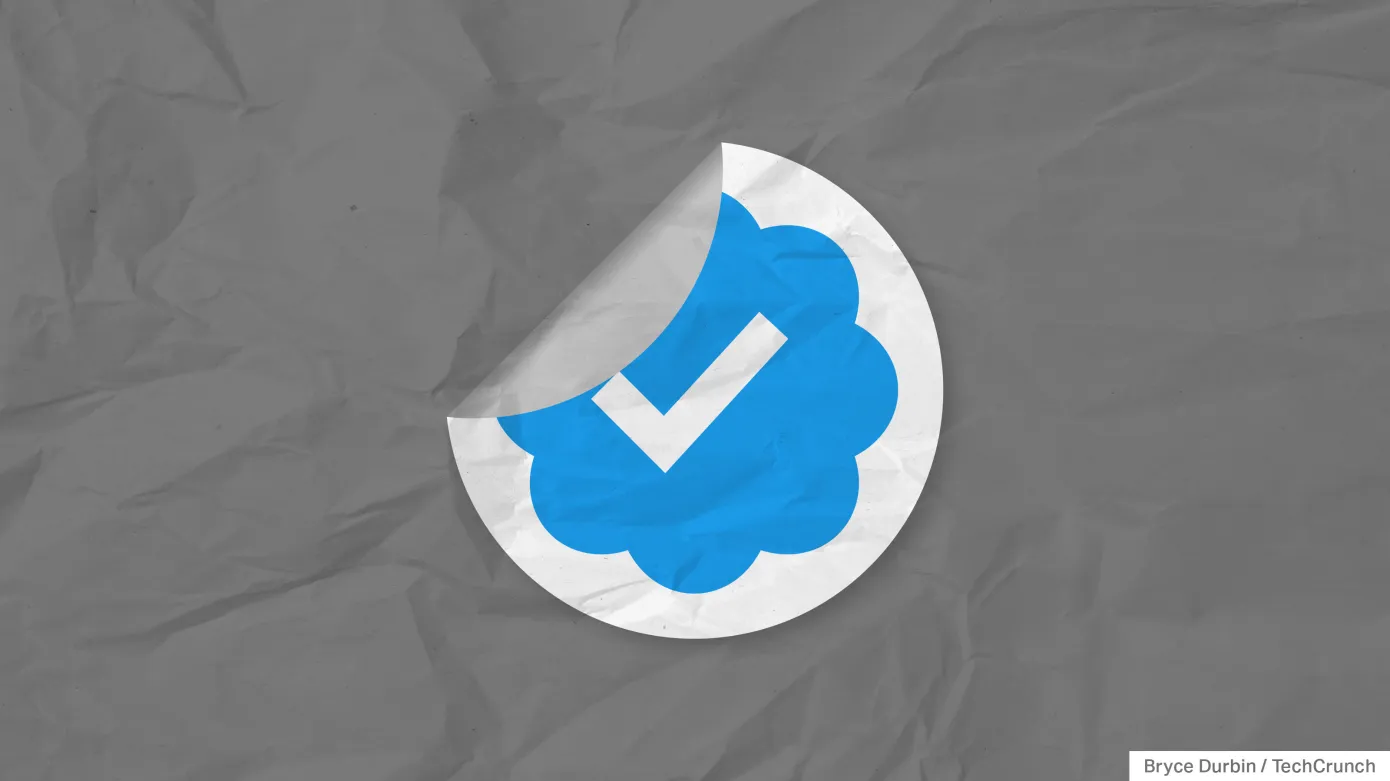It seems that X’s decision to automatically grant blue checks to users with more than 2,500 “verified” followers, who are subscribers to X Premium, has stirred up some controversy. While the blue checkmark was once a symbol of influence and authenticity on platforms like Twitter, its meaning appears to be shifting in the face of automated verification processes.
Many users who have unexpectedly received blue checks are expressing their dissatisfaction with the new policy, emphasizing that they did not actively seek or purchase the verification badge. Some are even jokingly referring to it as a punishment for being too active or prolific on the platform.
In the past, Twitter’s blue checkmarks were reserved for individuals deemed influential or noteworthy in some capacity. However, the recent trend of automatically granting verification status based on follower count and subscription status appears to dilute the significance of the badge, raising questions about its relevance and effectiveness in verifying the authenticity of users.
As platforms evolve and monetize various features, the meaning and value of symbols like the blue checkmark may continue to evolve, potentially impacting their utility in verifying the credibility of users and combating misinformation.
Going forward, all 𝕏 accounts with over 2500 verified subscriber followers will get Premium features for free and accounts with over 5000 will get Premium+ for free
— Elon Musk (@elonmusk) March 28, 2024
Indeed, the recent changes to the blue check verification system on X seem to have blurred the lines of what the badge represents. While it once symbolized influence, authenticity, or protection against impersonation, its current association with X Premium subscriptions and follower count has shifted its meaning for many users.
With the new policy, individuals who may not have sought out verification for reasons of authenticity or influence now find themselves with blue checks, potentially diluting the badge’s significance. This raises concerns about its effectiveness in distinguishing genuine accounts from imposters or bots, as well as its ability to serve as a reliable indicator of credibility or importance on the platform.
As the platform evolves and introduces new features, it will be interesting to see how users perceive and interact with the blue checkmark, and whether its original purpose can be restored or redefined in the eyes of the community.


















